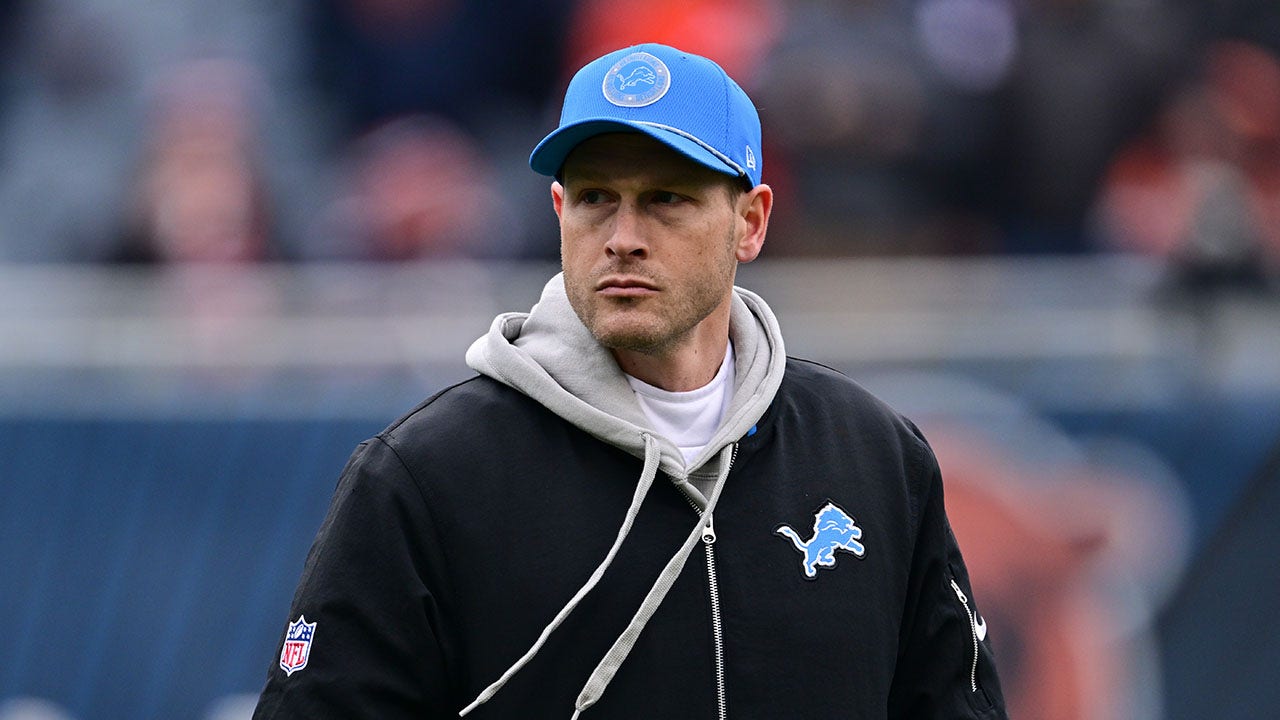
CLIMATEWIRE | A landmark court decision that Montana is violating its youngest residents’ rights to a clean and healthful climate could have legal repercussions well beyond the Treasure State.
Judge Kathy Seeley of the 1st Judicial District Court in Montana found Monday that youth in the state have a “fundamental constitutional right to a clean and healthful environment, which includes climate” as she struck down two laws that bar state agencies from considering the climate effects of fossil fuel projects.
“This is what climate justice in the courts, and protecting the constitutional rights of our childrens’ right to a safe climate, looks like,” said Nate Bellinger, senior staff attorney with Our Children’s Trust, the Oregon-based law firm that represented the 16 young Montanans.
The ruling is a major victory for the 16 young people behind the first U.S. youth-led climate trial. And it could help provide momentum for a burgeoning raft of climate litigation, including what is likely to be the second-ever kids’ climate case next year in Hawaii.
“Because of their unique vulnerabilities, their stages of development as youth, and their average longevity on the planet in the future, plaintiffs face lifelong hardships resulting from climate change,” Seeley wrote, siding with youth witnesses who testified that children are more susceptible to climate-induced physical and psychological harms than adults.
Those findings are likely to be raised in the youth-led Hawaii lawsuit, set to open in June 2024, nearly a year to the day since Seeley began hearing the Montana case. Youth plaintiffs in the Hawaii case argue that the state’s transportation system allows for high levels of greenhouse gas emissions, in violation of the young people’s constitutional rights.
Though Seeley declared two recent Montana laws unconstitutional, the immediate effect of Held v. Montana in the Republican-controlled state is unclear.
Montana Attorney General Austin Knudsen’s office said it will appeal what it called an “absurd” ruling.
“Montanans can’t be blamed for changing the climate — even the plaintiffs’ expert witnesses agreed that our state has no impact on the global climate,” said Knudsen spokesperson Emily Flower.
Flower noted that other judges have rejected climate lawsuits, adding “it should have been here as well, but they found an ideological judge who bent over backward to allow the case to move forward and earn herself a spot in their next documentary.”
Our Children’s Trust’s highest-profile case, Juliana v. United States, was featured last year in a Netflix documentary.
Legal experts described the ruling as a landmark decision — one that could influence policy and litigation elsewhere around the country.
“I think this is the strongest decision on climate change ever issued by any court,” Michael Gerrard, faculty director of Columbia University’s Sabin Center for Climate Change Law, which tracks climate litigation across the globe, said on X, formerly known as Twitter.
In addition to finding that the young people have a right to a stable climate, Gerrard noted, Seeley found that fossil fuel use is the principal cause of climate change and that alternative fuels can provide an economically sustainable substitute.
The Montana ruling represents the first time a court has found that a constitutional right to a clean and healthful environment includes the right to a safe climate, said Maya van Rossum, an attorney who leads the Delaware Riverkeeper Network and works to enact environmental provisions in state constitutions.
“The oil and gas industry, and their friends in Montana’s government, are now on notice that the people of Montana have the higher power of the constitution to help them ensure protection of their climate,” van Rossum said.
Montana and two other states — Pennsylvania and New York — affirm the right to a clean environment in their constitutions, and van Rossum said the ruling will help other states that are considering similar provisions.
“Creating an affirmative duty to ensure environmental rights are protected is an important legal recognition that strengthens the ability of government to address climate change,” she said.
Seeley’s ruling is largely a procedural victory, said Patrick Parenteau, a law professor emeritus at Vermont Law and Graduate School. Last August, Seeley rejected a request from the youth that she order the state to develop a remedial plan to tackle climate change, saying she did not have the authority.
But in her decision, Seeley expressed optimism that the ruling would “influence the state’s conduct” by invalidating the state laws that prevent climate analysis, Parenteau added.
And if the decision is upheld by the Montana Supreme Court, he said, it will be a “landmark in U.S. climate litigation.”
The ruling suggests a potent role for the judiciary, just as an array of lawsuits against the fossil fuel industry are poised to go to trial in state courts from Hoboken to Honolulu. More than a dozen cities, counties and states are suing major oil giants for their contributions to climate change.
“The case in Montana is a clear sign that seeking climate justice through the courts is a viable and powerful strategy,” said Delta Merner, lead scientist at the Science Hub for Climate Litigation at the Union of Concerned Scientists, which provides scientific evidence for climate litigation cases. “Whether it’s governments, fossil fuel companies or industry trade groups — holding polluters and their enablers accountable is a critical piece of meaningful climate action.”
Merner added that the case is a “clear win for climate science.” Seeley’s 103-page decision delves deeply into the science, including a graphic of the “Keeling Curve,” Charles Keeling’s eponymous curve that shows a long-term trend of rising carbon dioxide concentrations in the atmosphere.
Her ruling followed a full week of testimony in her Helena courtroom by a parade of experts who testified on behalf of the youth about the effects of climate change on Montana’s iconic glaciers and trout streams.
Seeley wrote that she found the scientific witnesses who testified for the youth “informative and credible.” And she said there is “overwhelming scientific consensus that Earth is warming as a direct result of human [greenhouse gas] emissions, primarily from the burning of fossil fuels.”
Attorneys for the state, which presented only one outside witness, downplayed Montana’s contribution to climate change, saying it is a global problem and the state can’t do much to prevent it.
But Seeley rejected that argument, finding that the state’s greenhouse gas contributions are not minimal, but “nationally and globally significant.” She added that Montana’s emissions “cause and contribute to climate change and plaintiffs’ injuries and reduce the opportunity to alleviate plaintiffs’ injuries.”
Until greenhouse gases are reduced, she wrote, “extreme weather events and other climactic events such as droughts and heatwaves will occur more frequently and in greater magnitude, and plaintiffs will be unable to live clean and healthy lives in Montana.”
Marco Simons, general counsel of EarthRights International, which represents Colorado communities suing the oil and gas industry, said it was “especially important” that Seeley found that the youth had the standing to challenge state laws and policies because they are being harmed by climate change.
“The court’s ruling fully recognizes the reality of climate change,” he said, calling it a significant victory for climate litigation.
In Montana, the young people who testified in the case or sat on wooden benches in the courtroom watching the seven-day trial, celebrated Seeley’s decision.
“This ruling, this case, it is truly historic. We are heard!” said Kian Tanner, who testified that the state’s increasingly hot summers and more frequent wildfires were interfering with where he feels “most at home” — the soccer pitch.
“Frankly the elation and joy in my heart is overwhelming in the best way,” said Tanner, who was 14 in 2020 when the lawsuit was filed. “We set the precedent not only for the United States, but for the world.”
The youth-led climate group Sunrise Movement, which tweeted support for the 16 young activists behind the climate case during the trial, said Monday that the victory proves that “Gen Z is a powerful force in the fight against the climate crisis and we won’t be stopped.”
“Mark my words: from courthouses to statehouses to the ballot box in 2024, our generation is taking over,” said Varshini Prakash, the group’s executive director.
Reprinted from E&E News with permission from POLITICO, LLC. Copyright 2023. E&E News provides essential news for energy and environment professionals.









![President Trump Gives Barron Trump A Shout Out At His Inaugural Party—Barron’s Unexpected Response is Pure Gold! [VIDEO] | The Gateway Pundit President Trump Gives Barron Trump A Shout Out At His Inaugural Party—Barron’s Unexpected Response is Pure Gold! [VIDEO] | The Gateway Pundit](https://www.thegatewaypundit.com/wp-content/uploads/2025/01/barron-trump-crowd-.jpg)
















































